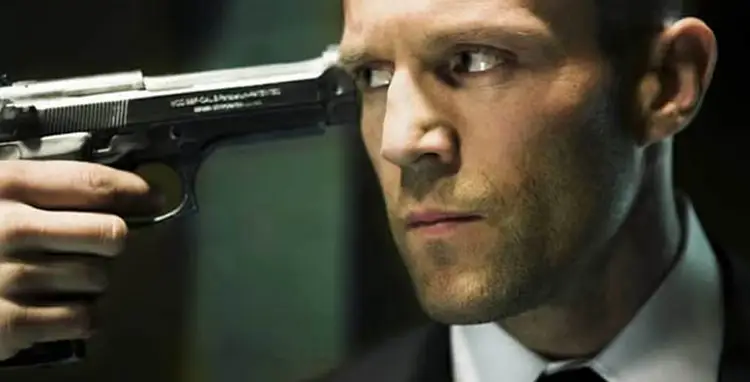|
We could write 5 books on this and only scratch the surface, but check out these 2 super short protocol lists, one from a shooting range and one from an armourer. Can you spot the differences? In stunt work we never assume... There is a huge difference between having experience handling guns and ammo in a range vs handling them on a film set. One of the biggest differences is often, on a set, the gun is pointing at a film crew!
Firearms safety in a shooting range differs to handling firearms on a film set. See if you can spot the differences. Guide to Firearms Safety in a Shooting Range:
Guide to Handling Firearms on a Film Set:
In stunt work we never assume and at The International Stunt Academy we advice that any time you are handed a weapon, if you do not know how to check it yourself and you haven't been fully briefed, don't accept it. Performers pull the trigger, and they live with the consequences of this more than most, that's why when we are not happy, we are very happy to say "No". Comments are closed.
|
AuthorThis blog os co-authored by The ISA Team Archives
June 2024
Categories
All
|


 RSS Feed
RSS Feed

2/27/2023